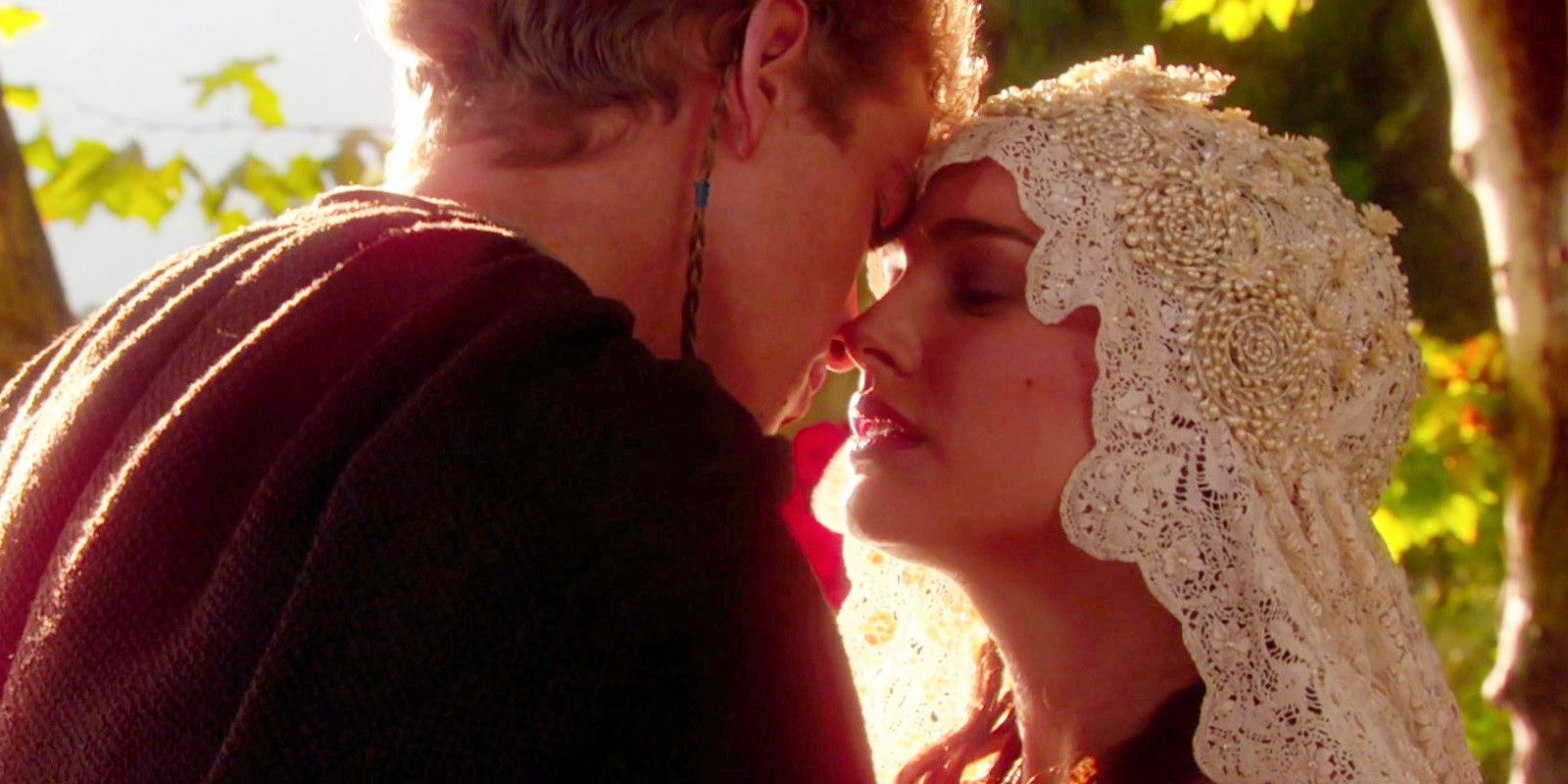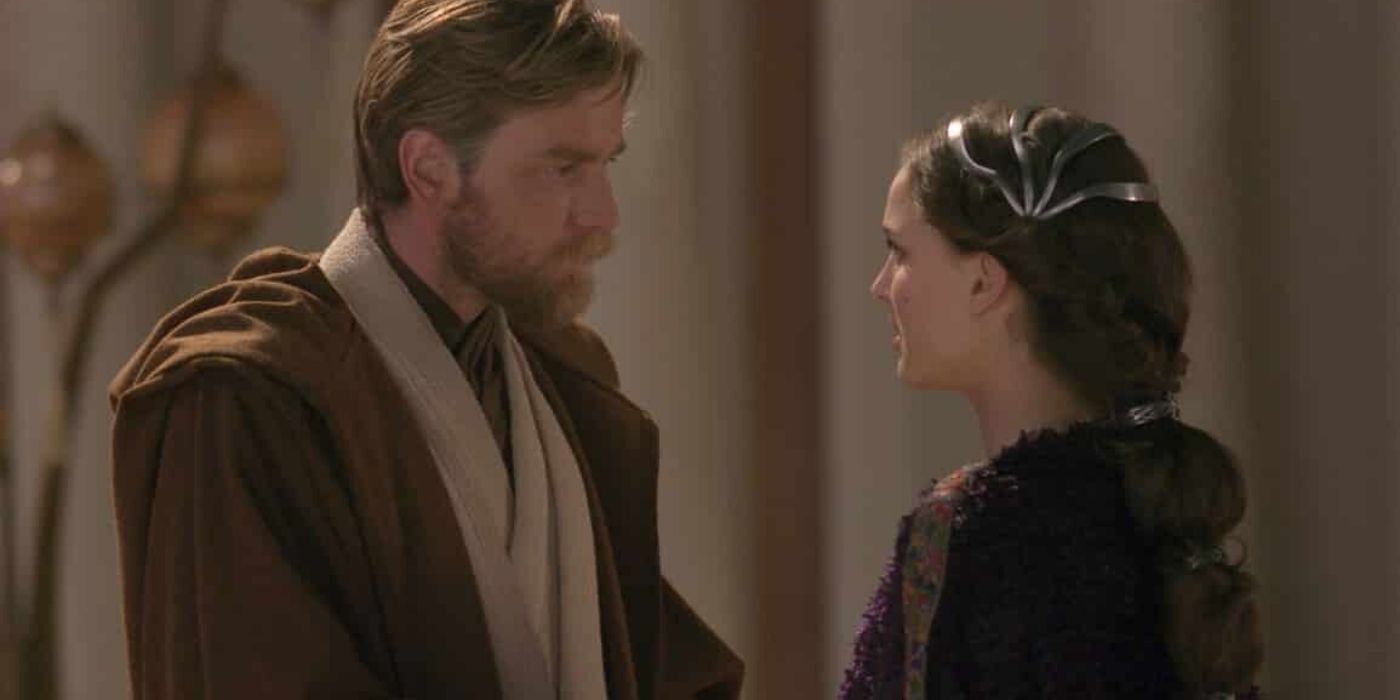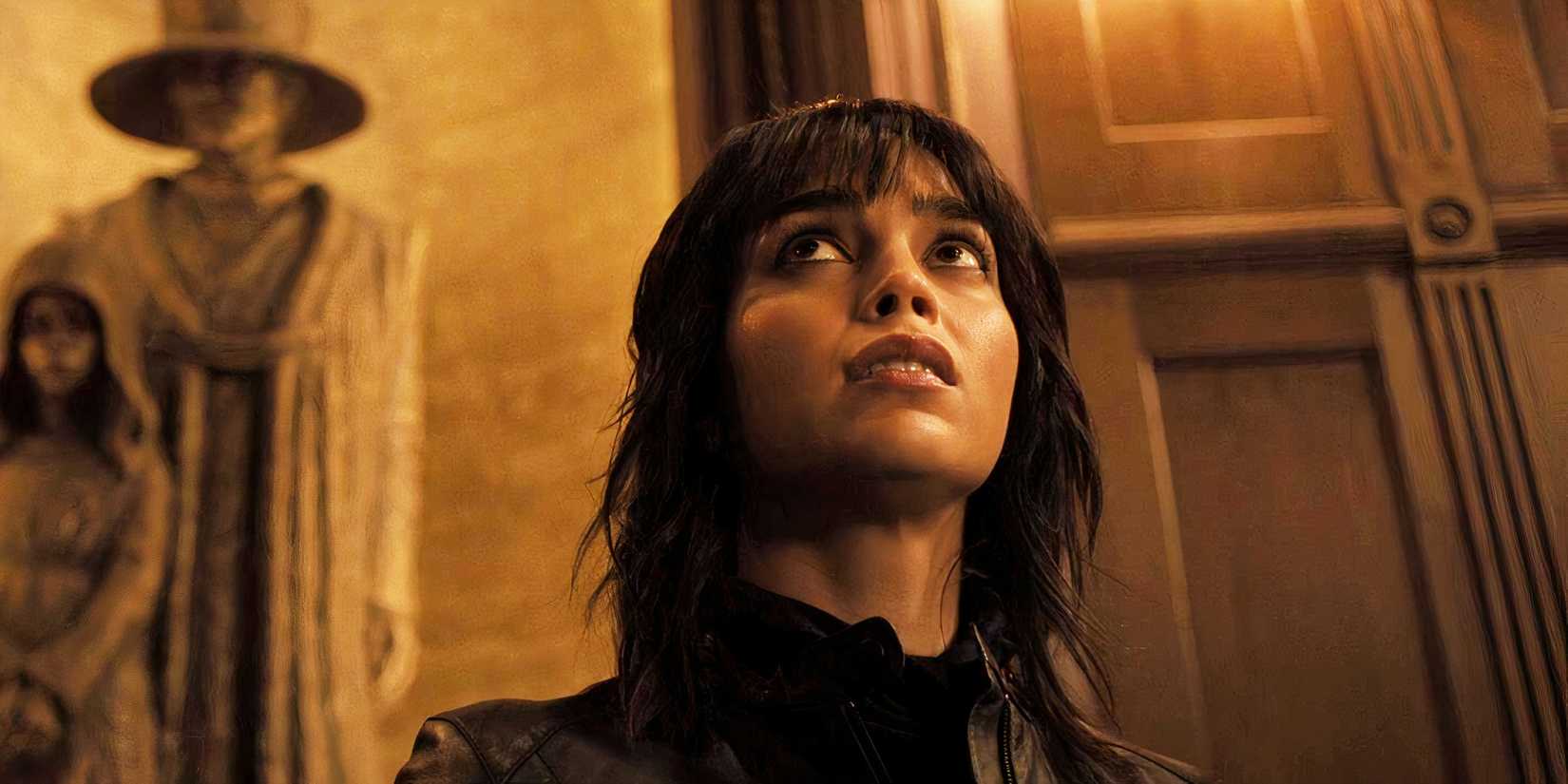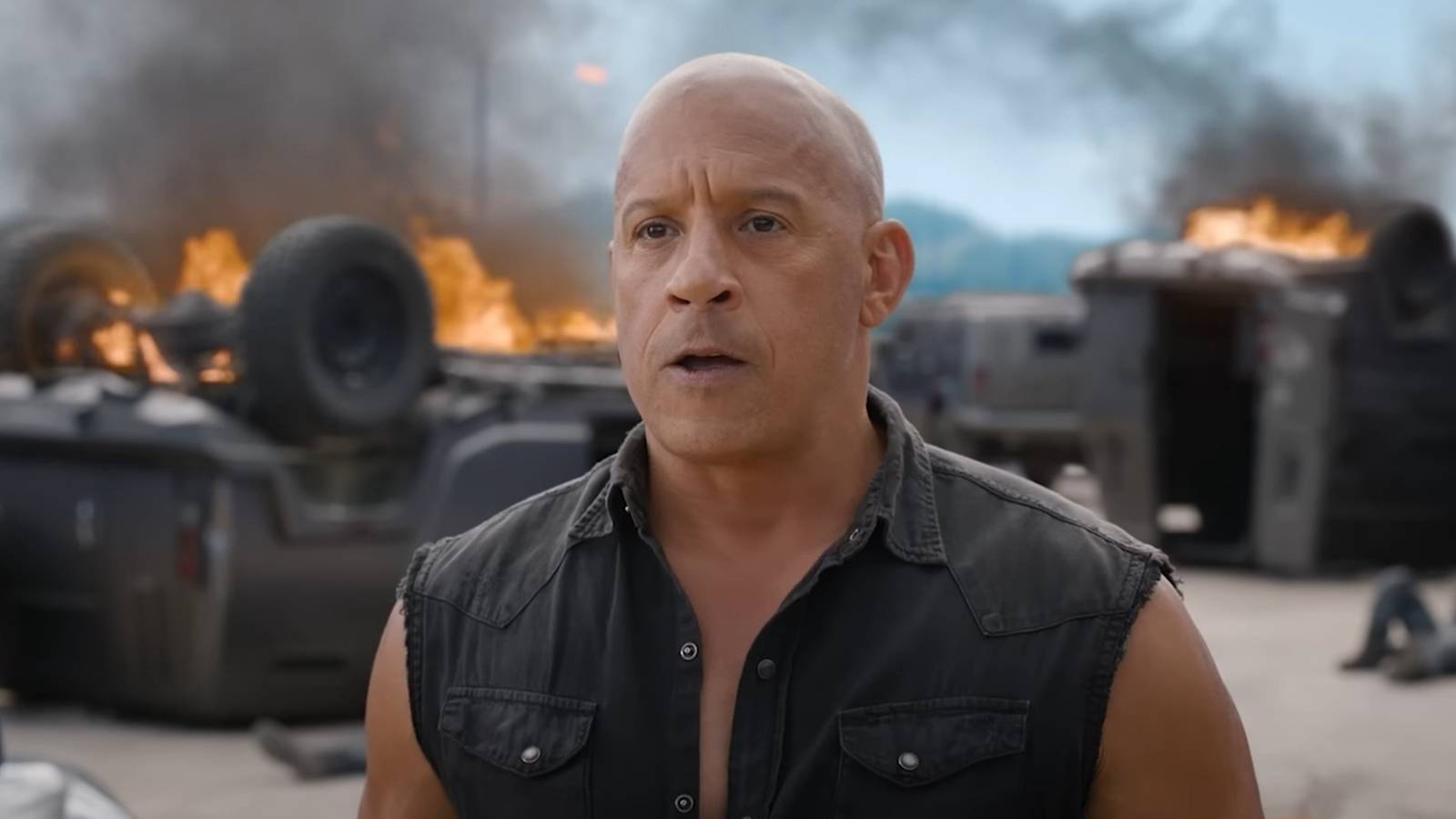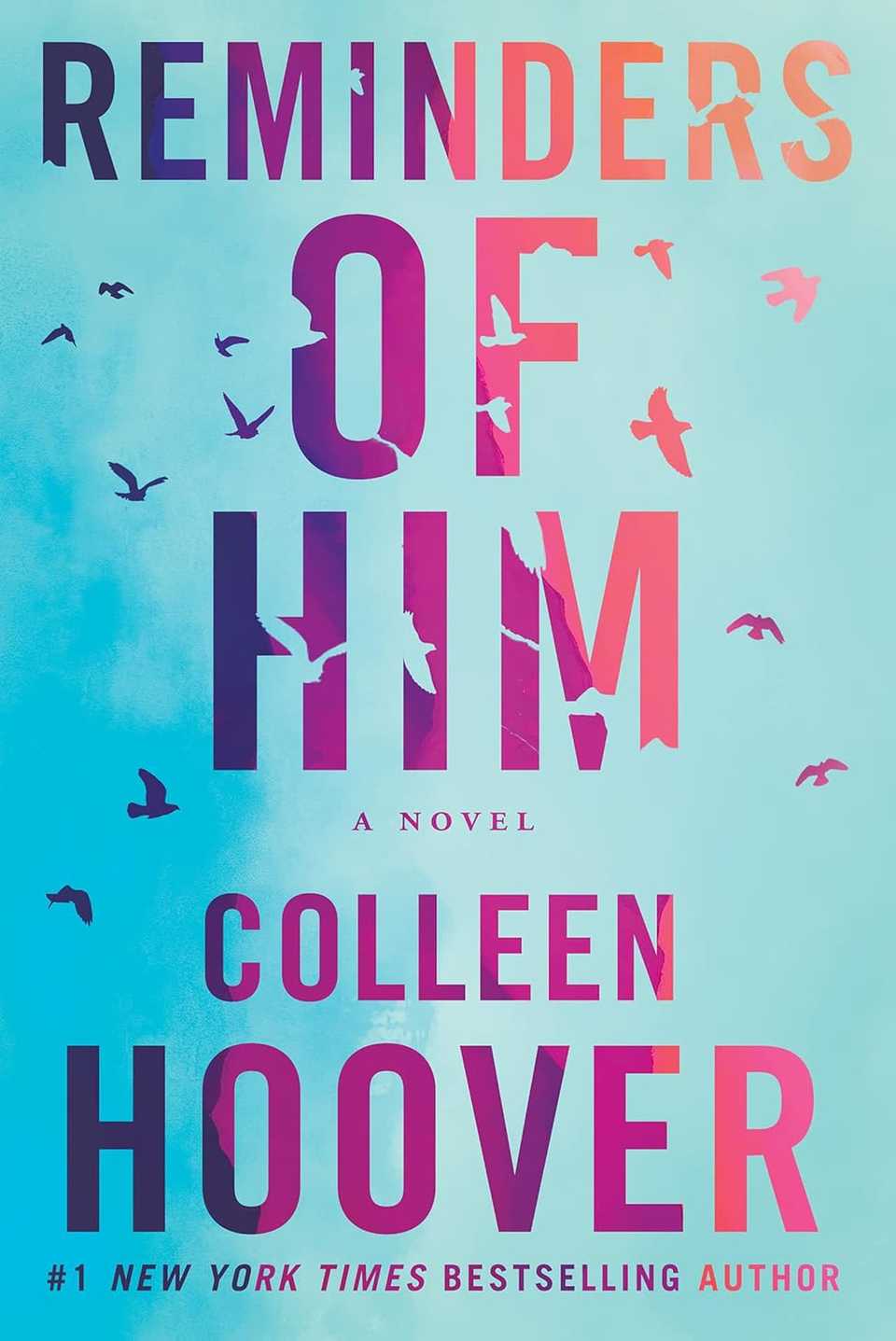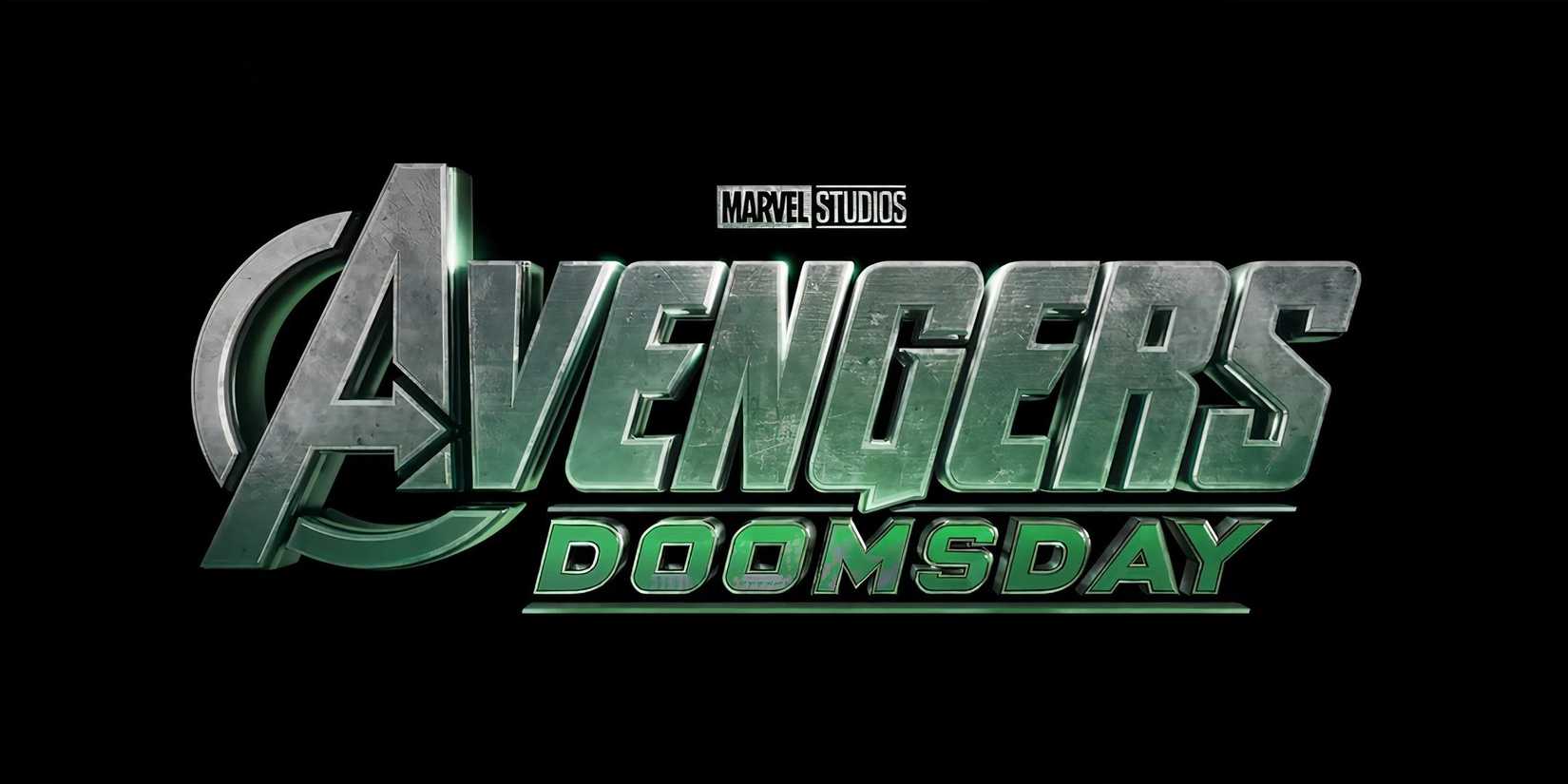George Lucas previously had radically different plans for the Star Wars prequel trilogy, and I cannot believe how much these ideas would have changed not only that trilogy but also Star Wars movies and TV shows moving forward. The prequel trilogy is one of the most important points in the Star Wars timeline, as it lays the groundwork for so much of what follows in Star Wars, even with the prequels being released after the original trilogy. In fact, the prequels affected the original trilogy itself by providing so much more context.
The final story of the prequels wasn’t always the original plan, though. Rather, George Lucas initially considered some very different story arcs for the prequels’ main characters, including Anakin Skywalker, Padmé Amidala, and Obi-Wan Kenobi. Of all the original plans for the prequel trilogy, these 5 aspects are the most surprising of them all.
It Would Have Been Obi-Wan Who Wanted To Train Anakin
This Would Significantly Change Their Dynamic
One major change between George Lucas’ original prequel trilogy plans and what was ultimately shown in the prequels was Obi-Wan’s investment in training Anakin Skywalker. In Star Wars: Episode I – The Phantom Menace, Obi-Wan was actually very hesitant to train Anakin. When Qui-Gon insisted that he was still going to train Anakin even with the Jedi Council rejecting Anakin from the Order, Obi-Wan rebuked Qui-Gon for this, telling him not to defy the Council “again.”
It was really only because of Qui-Gon’s death that Obi-Wan changed his mind, as it had been Qui-Gon’s dying wish for Obi-Wan to train Anakin. While Obi-Wan ultimately embraced this role, his initial hesitancy continued to impact his relationship with Anakin in the long-term, and there’s little doubt that early dynamic informed Anakin’s perception of both Obi-Wan and his own acceptance among the Jedi. Originally, George Lucas had an entirely different plan for Obi-Wan and Anakin’s master and apprentice dynamic.
According to Paul Duncan’s The Star Wars Archives: Episodes I-III 1999-2005, Obi-Wan Kenobi was originally going to elect to train Anakin himself. The book explains that Obi-Wan would have lamented his involvement in Anakin’s fall, specifically saying:
“I should have given him more training. I should have sent him to Yoda, but I thought I could do it myself. It was my own pride in thinking that I could be as good a teacher as Yoda. I wish that I could stop the pestilence that I’ve unleashed on the galaxy.”
This is obviously a major reversal from what is ultimately shown in the prequels, and it would have changed Anakin and Obi-Wan’s dynamic and Obi-Wan’s feelings of culpability considerably.
Purchase The Star Wars Archives: Episodes I-III 1999-2005
The Obi-Wan Kenobi show revealed that Obi-Wan did feel immense guilt and responsibility over what had happened to Anakin, and he even apologized to him in the show’s finale. This wasn’t because Obi-Wan had taken Anakin on as an apprentice willingly, though; he just felt as though he had failed him. The idea that Obi-Wan would have insisted upon training Anakin due to his ego would have significantly changed the dynamic between the two, with Anakin not grappling with rejection in the same way, but it also may have changed audiences’ perceptions of Obi-Wan.
Padmé And Anakin’s Marriage Wouldn’t Have Been A Secret
This Story Arc Shaped Anakin’s Fall To The Dark Side
Another mᴀssive change that would have completely altered the story arc of the prequel trilogy was George Lucas’ plan for Padmé and Anakin’s marriage. In Lucas’ original plans, Padmé and Anakin wouldn’t have kept their wedding and marriage a secret. This would have been a major shift not only in Padmé and Anakin’s storyline but also in the impact their marriage had on each other and, in the end, the larger galaxy. Padmé and Anakin knew in Star Wars: Episode II – Attack of the Clones that keeping their relationship a secret would destroy them.
Unfortunately, against their better judgment, Anakin and Padmé ultimately got married and hid their relationship anyway. This added to Anakin’s anxiety, limited his willingness to seek help for his recurring nightmares, and contributed to Anakin’s susceptibility to Palpatine’s manipulations. Had this marriage not been a secret, but rather been out in the open, it’s possible Anakin may have sought advice from Obi-Wan or been more honest with Master Yoda when he began having nightmares about Padmé dying.
This also has major implications regarding the Jedi rule against attachments. This rule wasn’t introduced until the prequel trilogy, but it became a crucial aspect of the Jedi Order, and it played a significant role in Anakin Skywalker’s Star Wars timeline. It’s difficult to even imagine what the prequel trilogy would have looked like without this rule against attachment—not to mention how this would have shaped Star Wars shows and movies beyond the prequels.
Anakin Skywalker Would Have Been Secretly Killing Jedi All Along
This Would Completely Alter Anakin’s Fall
One of the most shocking ideas George Lucas had for the prequel trilogy was to make Anakin essentially a Jedi serial killer. That is, rather than falling to the dark side and then carrying out Order 66, Anakin would have been slowly killing Jedi all along. Specifically, in The Star Wars Archives: Episodes I-III 1999-2005, it explains:
“On his missions through the galaxies, Anakin has been going off doing his Jedi thing and a lot of Jedi have been getting killed—and it’s because they turn their back on him and he cuts them down.”
This is a major change from what was ultimately shown in Star Wars: Episode III – Revenge of the Sith, in which Anakin only began killing off Jedi after he had fully fallen to the dark side of the Force.
This would have radically changed Anakin Skywalker’s character in Star Wars in various ways. For one, Anakin would likely have seemed much less redeemable in the original Star Wars trilogy, as his actions would have been considerably more insidious in this version of the story. In this version, Anakin would have had significantly more agency, deciding to kill Jedi seemingly of his own accord.
Admittedly, it would have been fascinating to see this story for Anakin, and it certainly would have been a much darker turn for the prequels. At the same time, it would have been potentially problematic for Star Wars, as that darker turn and the implications for Anakin’s story would have complicated Anakin’s eventual redemption in Return of the Jedi. The sympathetic view of Anakin’s fall to the dark side in the prequels was the much better choice to make that redemption work in the end.
Padmé Is The One Who Realizes What’s Going On, Not Obi-Wan
This Change Would Have Been More Fitting For Padmé’s Character
Another significant change to Anakin’s fall to the dark side would have been Padmé, not Obi-Wan, being the one to finally connect the dots. In Revenge of the Sith, Obi-Wan discovers the truth about Anakin when he sees the holo of Anakin/Vader killing younglings in the Jedi Temple. It is then that he brings the horrible news to Padmé. In George Lucas’ original plans, though, it would have been Padmé who realized Anakin had turned to the dark side and brought that news to Obi-Wan and the other Jedi.
Padmé being the one to discover Anakin had fallen to the dark side would have been a much better story arc, especially for Padmé’s character. This would have felt much more aligned with the brave, intelligent, capable queen and senator seen throughout the prequels, and it would have given her so much more agency. Instead, in Revenge of the Sith, Padmé seems blindsided by this news from Obi-Wan (which is particularly odd given she knows what Anakin did to the Tusken Raiders).
Padmé being the one to discover Anakin had fallen to the dark side would have been a much better story arc, especially for Padmé’s character.
Padmé Wouldn’t Have Died When The Twins Were Born
Padmé’s Death Would Have Been So Much Better In This Version
Finally, in George Lucas’ original plans for the prequel trilogy, Padmé wouldn’t have died when the twins were born. In Revenge of the Sith, the way Padmé died is frankly a bit disappointing, as little explanation is given beyond her losing the will to live—something that seems so contrary to her character. Instead, in Lucas’ initial plan, Padmé would have survived childbirth and gone on to raise Luke and Leia until they were about six months old. At that point, she would have gone to Alderaan with Leia and Bail Organa, dying not long after.
It isn’t clear what Padmé would have died of in this version of the story, but it is very likely this would have been a much better ending for Padmé. This also would have made Leia’s comments that she remembered her mother in Return of the Jedi make more sense, rather than creating a plot hole as Revenge of the Sith did. Clearly, George Lucas initially had radically different plans for the Star Wars prequel trilogy, and while some, such as the changes to Padmé’s death, would have been much better, others may have been much worse.
